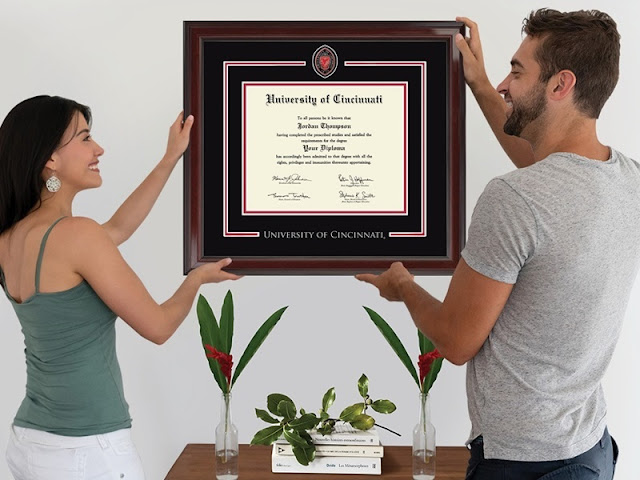The Lowdown on Blinds Spare Parts for Optimal Functionality
Blinds are an essential part of home decor, providing privacy, controlling light, and adding a touch of style to any room. However, like any mechanical system, they consist of several components that may wear out or break over time. Having essential blind spare parts on hand can ensure that your blinds remain functional and attractive.
What Blinds Replacement Parts Do You Need?
 |
| source: cdn.com |
Whether you’ve chosen roller, vertical, or Venetian blinds, it’s important to know about the blinds spare parts that keep them functioning smoothly. Here’s a quick rundown of the most common components:
Slats or Louvers
Slats, also known as louvres, are the horizontal or vertical pieces that make up the main body of the blind. They come in various materials including wood, faux wood, aluminium, and vinyl. Over time, slats can become damaged due to exposure to sunlight, humidity, or physical impact. Keeping extra slats that match your existing blinds can make replacements quick and easy.
Control Mechanisms
The control mechanisms of blinds, such as the tilt wand or the cord loop, allow you to adjust the angle of the slats. These components are prone to wear and tear from frequent use. Essential blind spares in this category include tilt wands, cord loops and chains. Tilt wands are used to adjust the angle of the slats and they can break or become detached, so having extras is essential. Cord loops and chains are used in both vertical and horizontal blinds to open, close, and adjust the slats. If they fray or snap, you need to make the necessary replacements.
Mounting Hardware
Mounting hardware secures the blinds to the window frame or wall. This means brackets, screws and anchors. The brackets hold the headrail in place, so they are crucial pieces. Brackets can become bent or broken, especially during removal and reinstallation. And of course, screws and anchors are necessary for attaching brackets securely. They can strip or become lost, so having a few extras is always helpful.
Headrails
The headrail is the top part of the blind that houses the operating mechanism. It’s crucial for the proper functioning of the blinds. While headrails are generally durable, they can sometimes bend or malfunction. Having a spare headrail can be particularly useful for blinds that are custom-sized.
Bottom Rails and End Caps
The bottom rail provides weight and stability to the blinds. It’s also where the slats connect at the bottom. End caps fit on the ends of the bottom rail to give a finished look and protect the edges. Both can become damaged over time, especially in high-traffic areas.
Cord or String Ladders
Cord ladders hold the slats in place and allow for their movement. Over time, these cords can fray, break, or become tangled. Having replacement cord ladders is essential for maintaining the functionality of your blinds.
Pull Cords and Tassels
Pull cords are used to raise and lower the blinds. Tassels are the decorative ends of these cords. Both can become worn or break, and replacement pull cords and tassels can keep your blinds looking neat and functioning properly.
Cord Locks
Cord locks hold the blinds at the desired height. These small mechanisms can wear out or break, especially in blinds that are frequently adjusted. Replacing a faulty cord lock can restore the full functionality of the blinds.
Valances and Clips
Valances are decorative pieces that cover the headrail, giving a finished look to the blinds. Clips hold the valance in place. Both can become damaged or lost, so having extras ensures that your blinds always look their best.
Vertical Blind Parts
For vertical blinds, additional blinds spares to consider include:
• Carrier Clips: These hold the vertical slats and allow them to rotate. They can break with heavy use.
• Stem Hooks: Connect the slats to the headrail. Over time, these can snap and need replacement.
• Chains and Weights: Bottom chains connect the slats at the base, and weights keep them straight. Both can break or become lost.
DIY Tips: Becoming a Blinds Expert
Tackling blind installation and repairs yourself can be a rewarding experience. Here are some tips that you might find useful:
1. Keep It Level: When installing blinds, use a level to ensure that the headrail is perfectly horizontal. This step is crucial for the proper functioning of your blinds. An uneven headrail can cause the slats to hang crookedly or the mechanism to jam.
2. Handle with Care: Blinds, especially Venetian and vertical blinds, can be delicate. Handle the slats gently to avoid bending or breaking them. If you’re cleaning them, use a soft cloth and mild detergent to prevent damage.
3. Replace, Don’t Repair: Sometimes, it’s more cost-effective to replace a damaged part rather than trying to repair it. For example, if a slat is badly bent, it’s better to replace it with a new one rather than trying to straighten it out.
4. Use Online Resources: There are plenty of online tutorials and videos that can guide you through the process of installing and repairing blinds. Websites like YouTube have a wealth of information from DIY enthusiasts and professionals.
Final Word
Maintaining blinds involves occasionally replacing worn or broken parts. Keeping essential spare parts on hand ensures that any issues can be quickly addressed, maintaining both the functionality and appearance of your blinds. By being prepared with spare components, you can extend the life of your blinds and avoid the inconvenience of malfunctioning window treatments.



Comments
Post a Comment